
1. Which province is expected to have the smallest area after the merger?
- A
It is expected that Thai Binh and Hung Yen provinces will merge into one province called Hung Yen, with the administrative and political center located in Hung Yen city. According to the expected list, the smallest province in the country after the merger is the new Hung Yen with an area of over 2,500km2.
- B
- C
Ninh Binh
- D
Bac Ninh

2. After the merger, how many centrally-governed cities are expected to our country have?
- A
5
- B
6
Resolution 60 at the 11th meeting of the 13th Party Central Committee agreed on the policy on the number of provincial-level administrative units after the merger to be 34 provinces and cities (28 provinces and 6 centrally-run cities).
Expected list of 6 centrally-governed cities: Hanoi, Ho Chi Minh City, Hue, Da Nang, Can Tho, Hai Phong. - C
7
- D
8

3. Which province is expected to have the largest area after the merger?
- A
Quang Ngai
- B
Tuyen Quang
- C
Gia Lai
- D
Lam Dong
Currently, Nghe An is the largest province in the country with an area of 16,489.97 km2. However, after the merger, it is expected that the new Lam Dong province (including Lam Dong, Dak Nong and Binh Thuan at present) will have the largest area in the country - over 24,200 km2. The second largest province is the new Gia Lai (including Gia Lai and Binh Dinh provinces), with an area of over 21,500 km2.
The new Dak Lak province (merging Dak Lak and Phu Yen provinces) will be the third largest province with an area of over 18,000km2.
4. How many special economic zones will Vietnam have after the merger?
- A
11
- B
12
- C
13
It is expected that the current island districts and island cities will be converted into 13 special zones after reorganizing the commune-level administrative units as follows: Special Zones Van Don, Co To, Cat Hai, Truong Sa, Hoang Sa, Phu Quy, Kien Hai, Bach Long Vi, Con Co, Ly Son, Con Dao, Phu Quoc, Tho Chau.
- D
14

5. After the merger, which locality is expected to have the least population?
- A
Dien Bien
- B
Lai Chau
After the merger, the new Thai Nguyen province will have a natural area of 8,375.3 km² and an estimated population of 1,694,500 people. This means that Bac Kan is no longer the province with the smallest population in the country. Instead, Lai Chau – with 494,626 people – will become the least populous province in Vietnam.
Lai Chau is currently a northwestern border province, about 450 km from Hanoi. In the first quarter of 2025, the province's GRDP reached about VND 2,931 billion (2010 comparable prices), an increase of 11.32% over the same period. - C
Lang Son
- D
Cao Bang

Source: https://vtcnews.vn/du-kien-tinh-nao-co-dien-tich-nho-nhat-ca-nuoc-sau-sap-nhap-ar936914.html



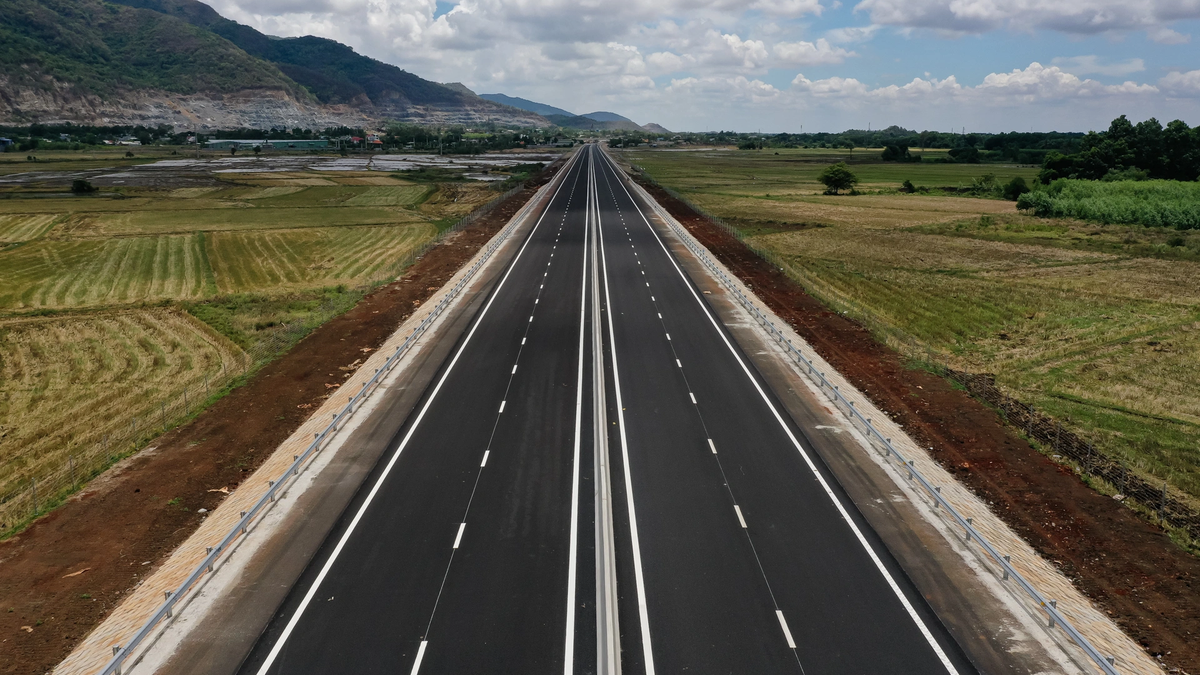
![[Photo] Many young people patiently lined up under the hot sun to receive a special supplement from Nhan Dan Newspaper.](https://vphoto.vietnam.vn/thumb/1200x675/vietnam/resource/IMAGE/2025/5/18/6f19d322f9364f0ebb6fbfe9377842d3)

![[Photo] Party and State leaders attend the special art program "You are Ho Chi Minh"](https://vphoto.vietnam.vn/thumb/1200x675/vietnam/resource/IMAGE/2025/5/18/6895913f94fd4c51aa4564ab14c3f250)
![[Photo] Ready for the top competitions of Vietnamese table tennis](https://vphoto.vietnam.vn/thumb/1200x675/vietnam/resource/IMAGE/2025/5/18/9c547c497c5a4ade8f98c8e7d44f5a41)




























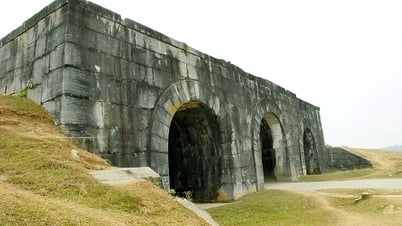











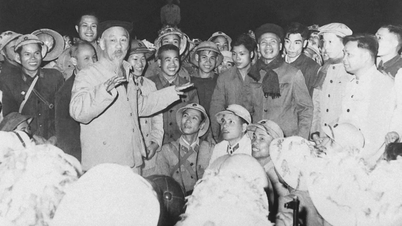








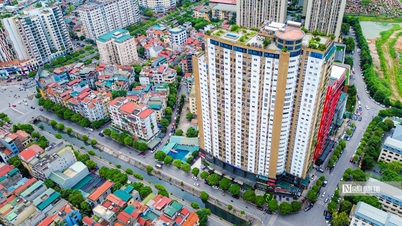


















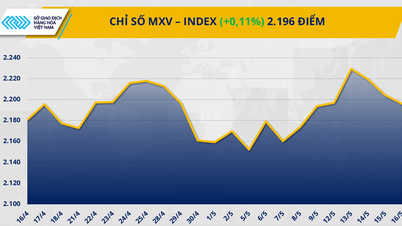














Comment (0)